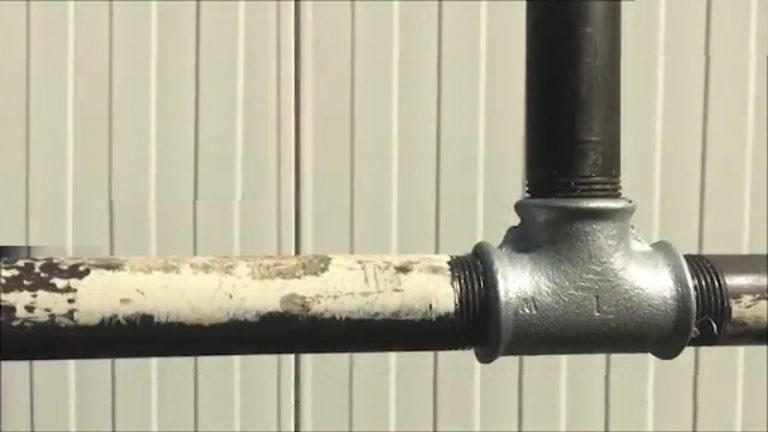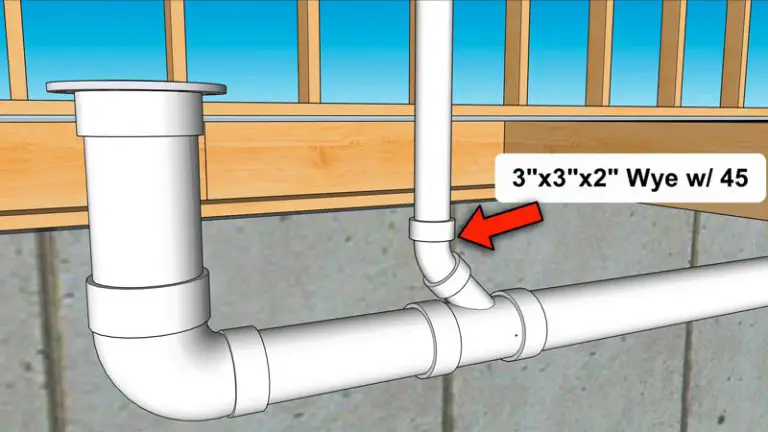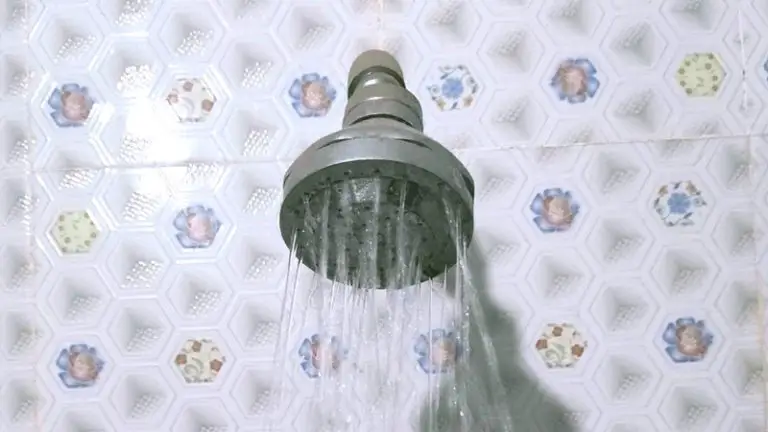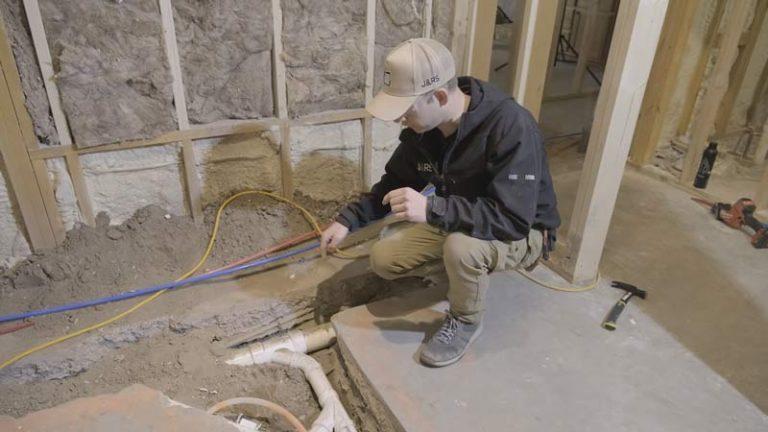Can Shark Bites Be Used for Baseboard Heat? The Shocking Truth
You’re staring at a plumbing project for your baseboard heating system, and the thought of breaking out a torch and solder is daunting. Then you remember those easy-to-use SharkBite fittings. The question quickly pops into your head: can you actually use these push-to-connect wonders for your hydronic heating? It’s a common dilemma for DIY enthusiasts and even some professionals looking for a quicker solution.
The core of the issue lies in the demanding environment of a baseboard heating system. These systems repeatedly cycle hot water, creating constant temperature fluctuations and sustained high temperatures that test the limits of any plumbing component. Making the wrong choice could lead to slow leaks or catastrophic failures, causing significant water damage to your home.
This article will dive deep into whether SharkBite fittings are a viable and safe option for your baseboard heaters. We’ll explore the manufacturer’s specifications, the real-world experiences of homeowners and plumbers, and lay out the critical pros and cons to help you make an informed decision.
You'll Learn About
What Exactly Are SharkBite Fittings?
SharkBite fittings are a brand of push-to-connect plumbing fittings that have revolutionized small-scale plumbing repairs and installations. Their main selling point is the elimination of any need for soldering, clamps, or glue. This makes them incredibly fast and easy to install, even for individuals with no plumbing experience.
Inside each fitting is a stainless steel grab ring with “teeth” that grip the pipe and a specially formulated O-ring that creates a watertight seal. This mechanism allows the fitting to securely connect to various types of pipe, including copper, PEX, and CPVC. The simplicity of pushing a pipe into the fitting to create a secure connection is what makes them so appealing.
Understanding Baseboard Heating Systems
Hydronic baseboard heating systems work by circulating hot water from a boiler through a series of pipes and fins located in baseboard units along the walls. This process heats the surrounding air, which then rises and circulates throughout the room, creating a comfortable, even heat. The water in these closed-loop systems can reach high temperatures, often up to 180-200°F, to provide adequate warmth.
This constant exposure to high temperatures and the cyclical nature of heating and cooling place significant stress on all components, including pipes and fittings. Any fitting used must be able to withstand these conditions for years without degrading or failing. This is the primary concern when considering non-traditional connection methods like SharkBites.
The Big Question: Are SharkBites Rated for Baseboard Heat?
The short answer is yes, but with important caveats. The manufacturer, Reliance Worldwide Corporation (RWC), states that SharkBite fittings are certified for hydronic heating applications as long as the temperature does not exceed 200°F and the pressure does not exceed 200 psi. Most residential baseboard heating systems operate well within these parameters.
However, simply being “rated” for the job doesn’t always make it the best or most reliable choice. Many professional plumbers remain wary, preferring the time-tested durability of soldered copper joints for heating systems. Let’s break down why this debate continues.
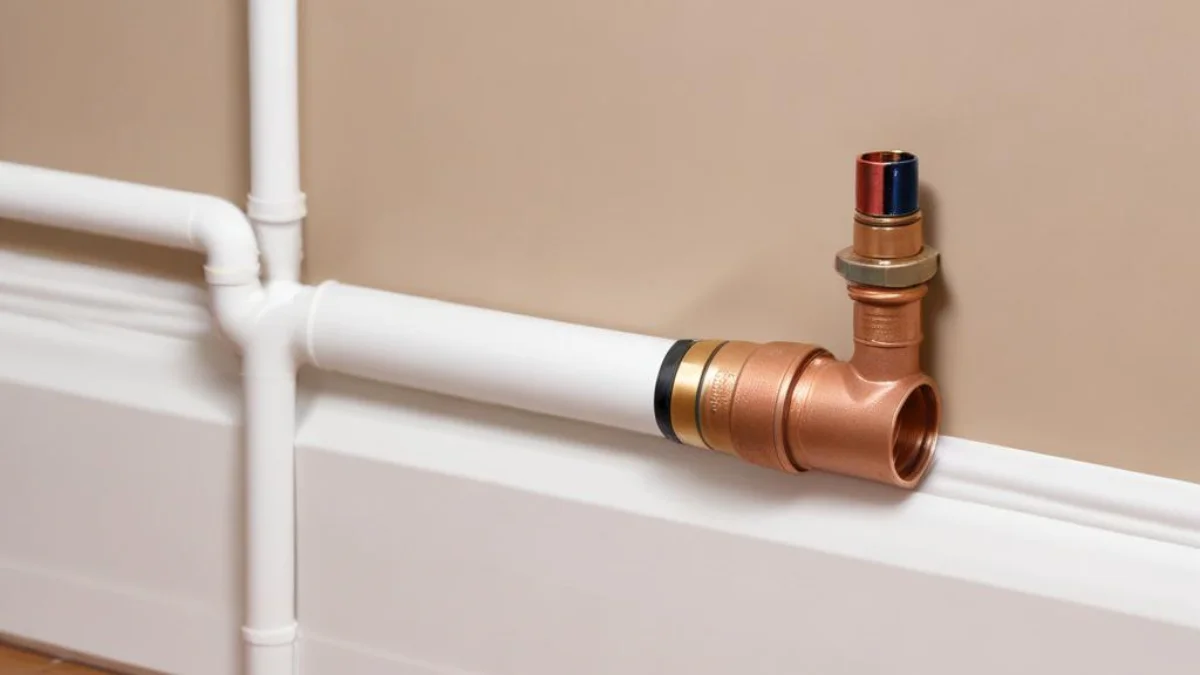
Pros: The Advantages of Using SharkBites for Baseboard Heat
Unmatched Ease and Speed of Installation
The most significant advantage of using SharkBite fittings is the sheer simplicity of installation. There’s no need for a torch, solder, flux, or the skills required to sweat a copper joint properly. This is especially beneficial in tight spaces or areas where using an open flame would be a fire hazard. For a DIYer, this can turn a complex plumbing job into a manageable afternoon project.
This speed can also be a major benefit for professionals, reducing labor time on a job. Tasks like rerouting a pipe or replacing a leaky section of a baseboard heater can be completed in a fraction of the time it would take to solder.
Versatility with Different Pipe Types
SharkBite fittings are designed to connect copper, PEX, and CPVC pipes in any combination. This is incredibly useful in older homes where you might be transitioning from existing copper pipes to more modern PEX tubing. It eliminates the need for multiple types of transitional fittings, simplifying the plumbing process.
No Flame, No Fumes, No Mess
Soldering involves open flames and produces fumes, which can be a safety concern, especially for those inexperienced with the process. It also requires careful cleaning of the pipes and flux application. SharkBites eliminate all of this, providing a clean, safe installation method that requires no special ventilation or fire safety precautions.
Cons: The Risks and Downsides of SharkBites in Heating Systems
Long-Term Durability Concerns
The primary argument against using SharkBites for baseboard heat is the question of long-term reliability. A properly soldered copper joint creates a permanent, metallurgical bond that can last for 50 years or more. SharkBites, on the other hand, rely on a rubber O-ring for their seal.
Over time, the constant exposure to high temperatures and water treatment chemicals (like glycol in antifreeze solutions) could potentially degrade this O-ring. While SharkBite offers a 25-year warranty, many plumbers have seen failures in a much shorter time frame, especially in high-stress applications like heating systems. A failure inside a wall could lead to extensive and costly water damage, sometimes creating issues like a mysterious cold spot on the floor from a hidden leak.
Higher Cost Per Fitting
Convenience comes at a price. SharkBite fittings are significantly more expensive than traditional copper sweat fittings. While you might only need a few for a small repair, the cost can add up quickly on a larger project with multiple connections, making it a less economical choice compared to soldering.
Potential for Improper Installation
While SharkBites are easy to install, they are not foolproof. Proper pipe preparation is absolutely critical for a secure, leak-free connection. The pipe must be cut squarely, be free of any scratches or burrs, and be deburred to prevent damage to the O-ring. The fitting must also be pushed on to the correct depth.
Failure to follow these steps is a common cause of SharkBite leaks. An inexperienced user might not realize the importance of these preparatory steps, leading to a faulty connection that could fail under the pressures of a heating system.
Not Ideal for Concealed Locations
Due to the concerns about long-term reliability, many professionals strongly advise against using SharkBite fittings in inaccessible locations like behind walls or under floors. If a leak does occur, accessing the fitting for repair can be a major undertaking. This is particularly relevant for baseboard heating pipes that often run through walls. If you are doing remodeling, it is critical to address these connections before you consider tasks like learning how to drywall over a protruding pipe.
| Feature | SharkBite Fittings | Soldered Copper Fittings |
|---|---|---|
| Installation Speed | Very Fast (Seconds per connection) | Slow (Requires cleaning, fluxing, heating) |
| Required Skill | Low (DIY Friendly) | High (Requires practice and skill) |
| Cost Per Fitting | High | Low |
| Long-Term Reliability | Good (Relies on O-ring seal) | Excellent (Permanent metallurgical bond) |
| Tools Required | Pipe cutter, deburring tool | Pipe cutter, torch, solder, flux, sandcloth |
| Use in Tight Spaces | Excellent (No flame needed) | Difficult/Hazardous |
| Concealed Use | Not Recommended by many pros | Standard Practice |
Best Practices for Using SharkBites with Baseboard Heat
If you decide that the benefits of using SharkBites outweigh the risks for your specific project, it is crucial to follow best practices to ensure the most reliable connection possible.
1. Read the Instructions Carefully
Familiarize yourself with the manufacturer’s installation guide. Pay close attention to the types of pipe they are compatible with and any specific instructions related to heating systems.
2. Prepare the Pipe Properly
This is the most important step. Ensure you have a clean, square cut on your pipe. Use a dedicated pipe cutting tool for this. Thoroughly deburr the inside and outside of the pipe to create a smooth surface that won’t damage the O-ring upon insertion.
3. Mark the Insertion Depth
Use a depth gauge tool (often sold by SharkBite) to mark how far the pipe needs to be inserted into the fitting. This ensures the pipe passes the grab ring and O-ring and is fully seated against the tube stop. An improperly seated fitting is a primary cause of leaks.
4. Keep Fittings Accessible
Whenever possible, plan your plumbing so that SharkBite fittings are in accessible locations, such as in an unfinished basement or utility closet, rather than sealed behind a finished wall. This makes inspection and potential future repairs much simpler. It’s much easier than needing to figure out how to transport a ladder without a roof rack just to get to a simple repair job.
Final Verdict: Should You Use SharkBites for Your Baseboard Heat?
Ultimately, the decision to use SharkBite fittings for your baseboard heating comes down to a trade-off between convenience and long-term peace of mind. The fittings are officially rated for the application and can be a fantastic solution for quick, accessible repairs, especially for those who are not comfortable with soldering.
However, for new installations or for connections that will be concealed behind walls, the proven longevity of a soldered copper joint remains the gold standard among most plumbing professionals. The risk of an O-ring failing under the constant high heat and pressure of a hydronic system is a significant concern that cannot be overlooked.
If you choose to use SharkBites, do so with a full understanding of the potential risks and mitigate them by following installation best practices to the letter. For critical connections or for maximum durability, learning to solder or hiring a professional to do it for you is still the most reliable path forward.

